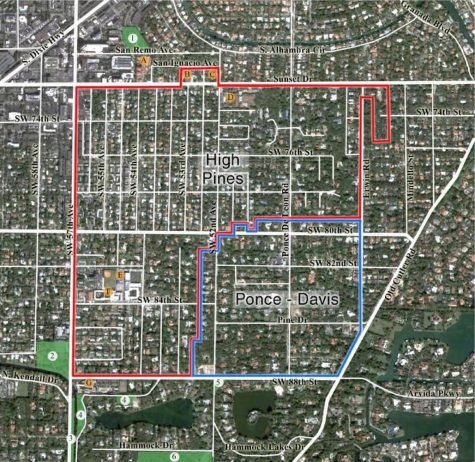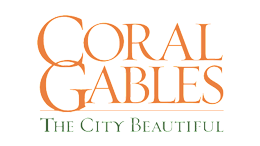An Annexation That Could Affect Thousands
The annexation of Little Gables, High Pines and Ponce-Davis, three areas in unincorporated Miami-Dade County, to the city of Coral Gables could bring in millions of dollars for Coral Gables and help citizens alike.
Oct 8, 2017
For years, the annexation of three areas in unincorporated Miami-Dade County (MDC) —High Pines, Ponce-Davis and Little Gables— has been a notable point of discussion, but it was not until November 2015 that the city commissioner of Coral Gables approved the studying of the areas. The many benefits of annexation, such as better services for a wider range of people and a large income of property taxes for Coral Gables, outweigh the negatives. The only shortcoming is the city’s delay in proceeding with annexation plans.
On June 6, the citizens of High Pines and Ponce-Davis met up with the city commision of Coral Gables to express their concerns and vote on the issue. According to the city of Coral Gables’ website, a 66% survey vote and a 20% signature of a petition are needed to annex these areas. The city recently completed the survey portion that was given at the meeting on June 6 and received enough votes to move on to the petition. Those that oppose the annexation argued that Coral Gables’ building requirements are too strict. As reported by the Local 10 News, these strict conditions were put in place following Hurricane Andrew to ensure that buildings were sufficiently sturdy, and have since been effective in withstanding tropical storms and hurricanes.

Map of Unincorporated Miami-Dade
Another complaint that residents had was the high cost of living in Coral Gables. Although the amount in property taxes that each citizen has to pay would increase substantially, the services that they are receiving— such as more frequent waste pickup and faster police response time— are worth the cost.
According to the Miami Herald, the annexation of High Pines and Ponce-Davis would bring Coral Gables a much-needed $50 million in property tax over the next seven years, and would only cost $23 million to maintain over the same period of time.
Additionally, if the annexation were to be carried out, first responders could arrive at affected areas in unincorporated MDC 10 times as fast as the current response time. The time in which it takes paramedics or police to arrive is vital to the citizen’s health and safety, but does not seem to be prioritized by the areas of High Pines and Ponce-Davis. In those areas, police can currently take up to two hours to get to the location from which the call was made, which runs the risk of the victim being in more danger than when they made the call. If someone had a heart attack for example, as little as 10 minutes could be the difference between life and death.
Since they are not part of an actual city, the residents of High Pines and Ponce-Davis tend to be forgotten and neglected at times, something that would not occur if they were part of Coral Gables. This annexation could bring both economic prosperity to the city and improve the wellbeing of residents of unincorporated MDC.














